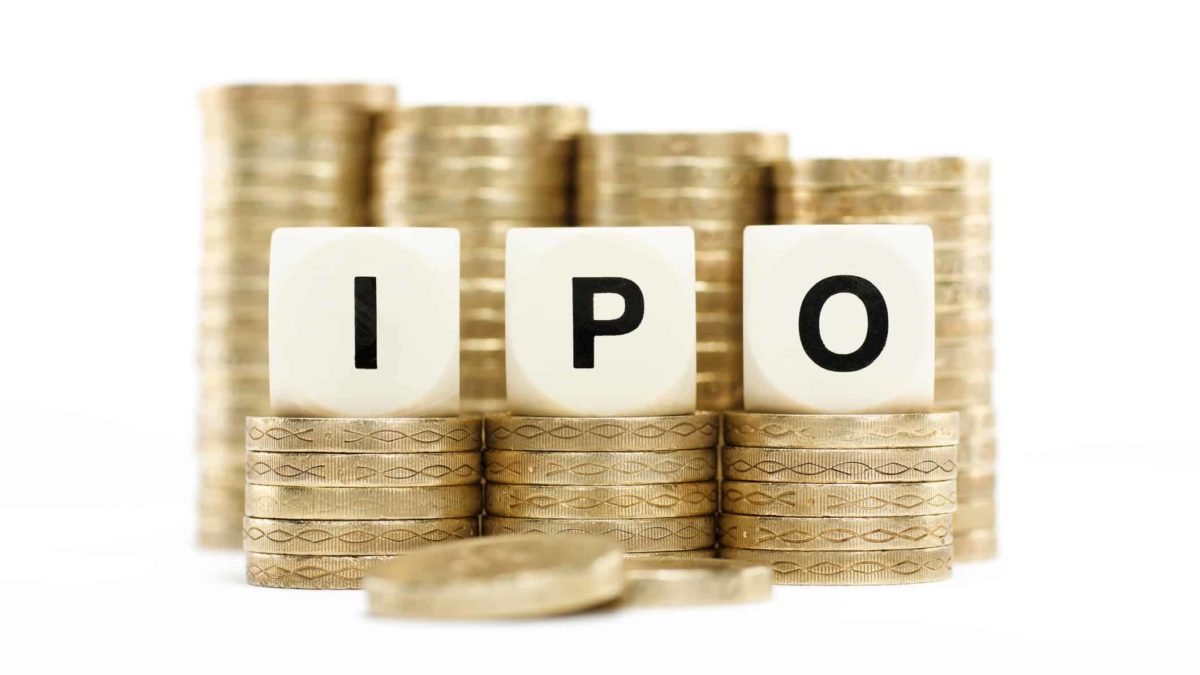The coronavirus pandemic has created a drought in the initial public offering (IPO) market with new listings falling 84% in the first half. According to the Australian Financial Review, there were only 12 IPOs in the first half of 2020 which together raised $132 million. In the first half of 2019 there were 34 IPOs which raised $823 million. In the first half of 2018, $2.5 billion was raised across 40 new listings.
The current environment is not IPO-friendly, with market volatility and uncertainty discouraging listings. This seems unlikely to improve while the pandemic remains out of control. Although there are a number of upcoming ASX IPOs slated, these are understood to be very small capitalisation companies. With the dearth of new IPOs, we took the opportunity to have a look at how some last year's tech IPOs are performing.
2019 ASX tech IPOs
Tyro Payments Ltd (ASX: TYR)
Tyro Payments listed on the ASX in December 2019 at an issue price of $2.75 per share. The share price is now up 37% to $3.76, although shares took a dunking in March with the share price falling to 97 cents. The company is a fintech specialising in merchant credit, debit, and EFTPOS acquiring. It provides payment solutions and business banking products, and is Australia's fifth largest merchant acquiring bank by number of terminals in the market.
Tyro saw a serious dip in transaction values in April and May, when trading of many of its customers was restricted. With cafes, restaurants, and pubs closed or providing takeaway only, lower volumes were transacted using Tyro's systems. Transaction volumes, which had grown 30% year-on-year to $1.785 billion in February, stalled in March at $1.6 billion, before falling sharply in April, down 38% year-on-year to $0.911 billion.
Volumes were down 18% year on year in May at $1.285 billion. Some recovery was seen in June however, with volumes up 7% year-on-year at $1.656 billion. More than 32,000 merchants were using Tyro in the first half of FY20, with the company processing more than $11.1 billion in transaction value. Over the full year, Tyro processed $20.131 billion, up 15% from FY19's $17.497 billion.
Tyro withdrew its prospectus forecast in March at the start of the coronavirus pandemic. In 1H FY20 the company reported EBITDA of $1.5 million and a loss of $3 million. The setback to transaction volumes occurring as a result of the coronavirus crisis will make Tyro's path to profitability rockier. Nonetheless, Tyro has close to 50,000 terminals in the field which means it is well placed to benefit from economic recovery.
Openpay Group Ltd (ASX: OPY)
Openpay listed on the ASX in December last year at an offer price of $1.60. The share price is now up 181% to $4.05, although it fell as low as 32 cents in March. Openpay is a buy now, pay later (BNPL) provider like Afterpay Ltd (ASX: APT). Unlike Afterpay, however, Openpay targets a comparably older customer base with higher transaction values.
Openpay saw record growth in 4Q FY20 with active plans up 229% compared to the prior corresponding period. Customers grew 141% to 319,000. The company reported a strong surge in demand as customers sought better ways to structure their purchases. Business in the United Kingdom more than doubled as a result of promotions and the onboarding of major retailer JD Sports.
Total transaction value grew to a record $192.8 million for the full year, up 98.2% compared to FY19. Openpay reported revenue of $18 million for FY20 up 64% from the prior corresponding period. The BNPL provider has benefitted from the shift to digital commerce prompted by the pandemic. Online accounted for 39% of loan originations in 4Q FY20 versus 14% in 4Q FY19.
Amidst lockdowns and forced closures, Openpay managed to increase active merchants in the fourth quarter. Merchant numbers increased 52% from 4Q FY19 to 2,162 at the end of the quarter. The were additions across all industry verticals, particularly automotive and healthcare, where Openpay is typically the only BNPL provider. Openpay also recently soft launched into the education and memberships verticals which has seen a promising start.
Whispir Ltd (ASX: WSP)
Whispir listed on the ASX in June last year at $1.60 per share. A little over a year later those shares have climbed 196% with Whispir trading at $4.74. Whispir provides a software-as-a-service (SaaS) communications workflow platform that automates interactions between businesses and people. The system is used by Victoria's Department of Health and Human Services (DHHS) to interact with residents about coronavirus.
The Whispir platform is also used by Qantas Airways Limited (ASX: QAN) to manage critical incidents, and by Telstra Corporation Ltd (ASX: TLS) to communicate rapidly with customers and staff. New Zealand police use the platform to communicate with the hearing impaired community. Growing demand by new and existing customers for communications software and stakeholder engagement during the pandemic supported Whisper's strong performance in the fourth quarter.
Whispir reported annualised recurring revenue of $42.2 million in 4Q FY20. This was a 4.2% increase on the March quarter and a 35.7% increase on the prior corresponding period. Growth was driven by ANZ and Asia with Whispir delivering a record 72 net new customers. Increased platform utilisation by existing customers also contributed to quarterly customer receipts of $11.3 million, up 27% on the prior quarter and 36.5% on the prior corresponding year.
Whispir reports it is on track to deliver all key FY20 prospectus forecasts. New customer growth is being driven by Whisper's easy integration with existing IT platforms and ready to use templates which ensure compliance with COVID-19 regulations. CEO Jeromy Wells said, "during the pandemic, the capability of the Whispir platform has really come into its own – each customer has their own challenge, but our platform has the ability to provide the solution easily and quickly."
Foolish takeaway
While coronavirus may have evaporated the IPO market for now, a number of last year's IPOs are outperforming despite the economic downturn. These technology companies are reporting encouraging growth in key financial metrics and stand to benefit from the shift to digital prompted by the pandemic.









